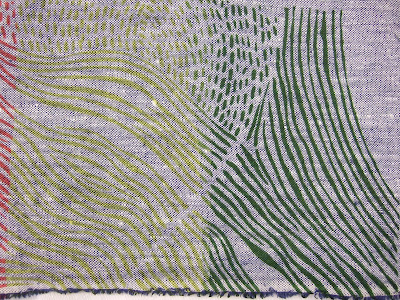The completed garment.
Back view, I have put a couple more buttonholes
onto the back straps, and another button on the
waistband for added adjustability.

The purse pocket, I'm very pleased with how well it has
turned out, my only quibble is that because the clasp is
only 10cm wide it is quite awkward to get your hand in!
I should have sewn the lining much smaller so that one
doesn't have to delve too deeply into the pocket.
The buttonhole pocket with the lining fabric as a
contrast for the placket. There is a bit of bunching
of the lining fabric, I did sew the lining pocket so that it
was a bit smaller that the outer pocket, but obviously
not enough.
 `
`













































